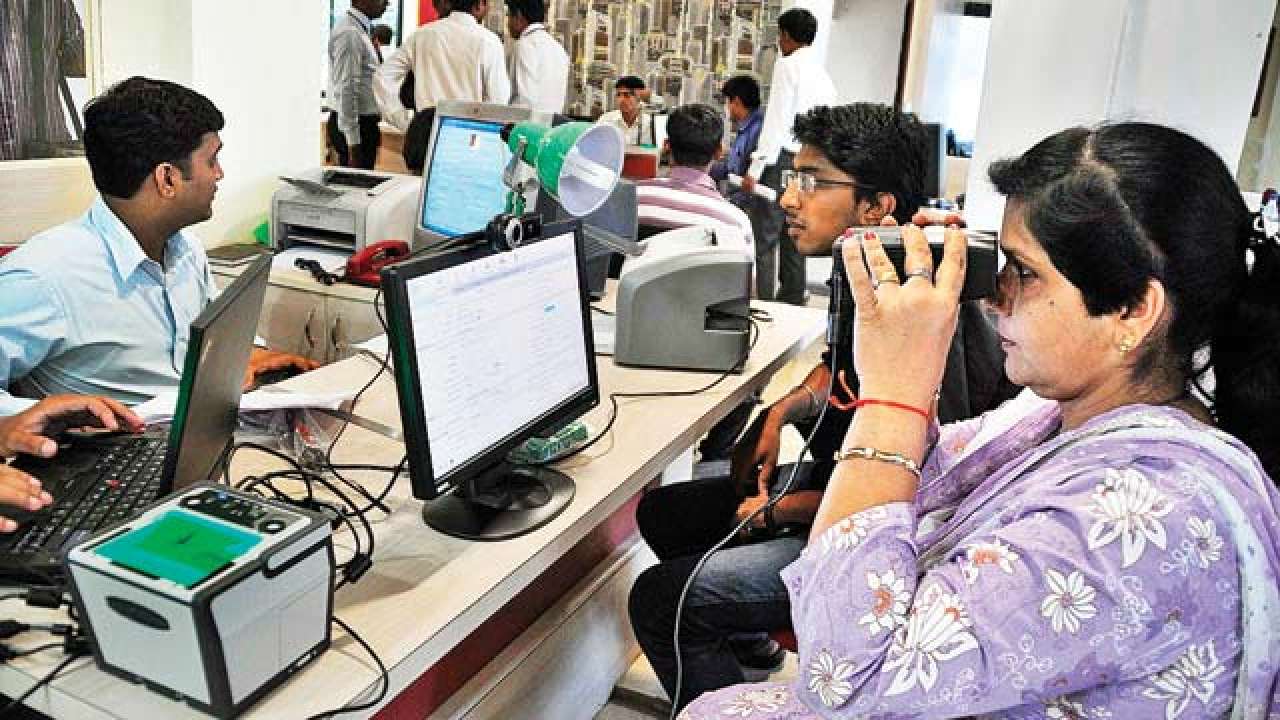
When PM Narendra Modi came to power in 2014, one expectation that rose overwhelmingly across India was that he would engender a corruption-free, smooth and efficient Public Distribution System (PDS). This goal, admittedly a demanding one, requires concerted action comprising of three key elements, namely, comprehensive social audit provisions; transparent and active grievance redressal mechanism and the virtually endless database of Aadhaar. These three taken together would have helped meet the lofty objective of eliminating corruption from within the country.
Sadly, India has discarded the first two elements while aggressively pushing ahead with enrolling the maximum possible Indians in the Aadhaar database. This has not been without its failings. Recall how in September last year, an 11-year-old died of starvation because the family’s ration card was cancelled as it was not linked to Aadhaar. Unfortunately, this is not the only episode, where subsidies or items in kind were denied to those in need, primarily due to the exacting demands made under the Aadhaar database.
Numerous other instances — from Jharkhand, Bihar, Uttar Pradesh — have found mention in the national press on how Aadhaar stood in the way of accessing essentials. One glaring glitch deeply embedded in Aadhaar database is that those who were employed for heavy manual labour or were far too poor to afford tertiary medical care could not have their biometrics verified despite being part of the database. This was due to the fact that their fingerprints would be rendered unreadable or their irises could not be scanned for biological infirmities. To remedy this situation, the Unique Identification Authority of India has decided to permit face recognition, along with the collected biometrics, as a method to authenticate the identity of the users.
Now, a manual labourer, whose fingerprints have been damaged will be able to use his irises as well as face recognition to verify his identity. Similarly, a person suffering from an ailment of the iris can now be authenticated thanks to his or her fingerprints and face recognition. This is a much-needed reform irrespective of how marginal it may seem. Many deserving beneficiaries who were given the boot simply because of the technical failings of the UIDAI will now receive the government’s largesse.
However, in the larger picture, the state governments would do well to not implement a PDS that in a unipolar fashion emphasises on Aadhaar as an indispensable identification. Unfortunately, they have been doing just that. Food entitlements are being denied to people on the ground that their Aadhaars are not linked to their ration cards. Ration cards that haven’t been linked so are being touted as bogus cards, and consequently entitlements, unjustifiably, are being held back from the most deprived section of the society. RTI by activists seeking a breakdown of the bogus ration cards shows that there is a massive discrepancy in the number of bogus ration cards as claimed by the Centre and the states. As a result of this discrepancy, Aadhaar is fast becoming a tool used to put the neediest outside the net of social distribution schemes. This can be remedied and the way ahead is for the government to move away from projecting Aadhaar as the sole identification for Indians.